How to train your dog to be outdoors?

Teaching your puppy to go to the toilet on the street is an integral part of raising an animal. Moreover, without mastering this skill, the pet will greatly complicate life for itself and for all the inhabitants of the house.
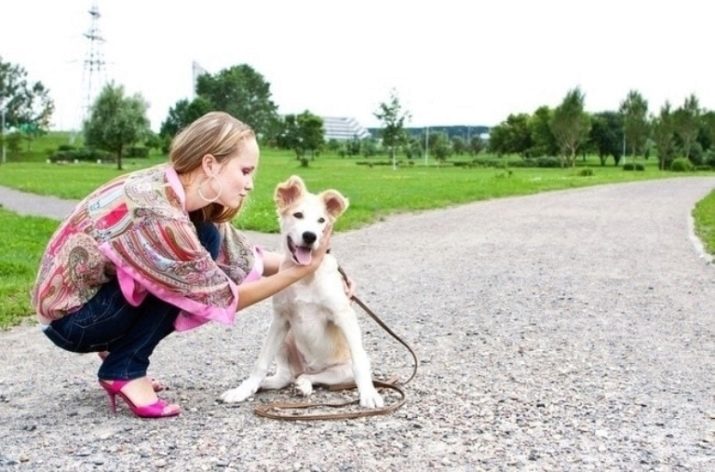
When to start teaching?
Puppies under the age of 6 months have very poor control over their own urges and are not able to ask to go outside, so they should not be scolded for this. A small bladder contributes to the fact that the baby cannot tolerate for a long time. In this case, there is only one way out - to lay a diaper or a few paper towels in the corner. Something more reliable and aesthetically pleasing will be a plastic dog tray sold at a pet store.
It is recommended to fill the container not with filler, but with earth - so it will be easier for the pet in the future to get used to going to the toilet on the street. The same, by the way, applies to dogs of small breeds - their bladder does not have an impressive size.
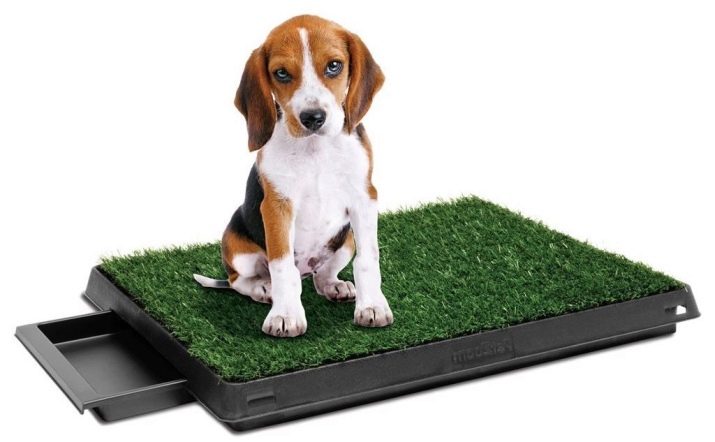
At about 6 months, it's time to take the dog outside... The main thing that will help in this situation is compliance with the regime, which allows the pet to eat, walk and, accordingly, ask to use the toilet on schedule. First, you should go for a walk when the puppy begins to behave a little nervous and spin in one place. Over time, the puppy must get used to it, less and less dirty the apartment and more and more ask to go outside. Thus, the number of walks per day is reduced from six times to three.
However, you should be prepared that until the dog is one year old, he will experience episodes of loss of control, as a result of which he will not always have time to reach the litter box or endure before starting a walk.
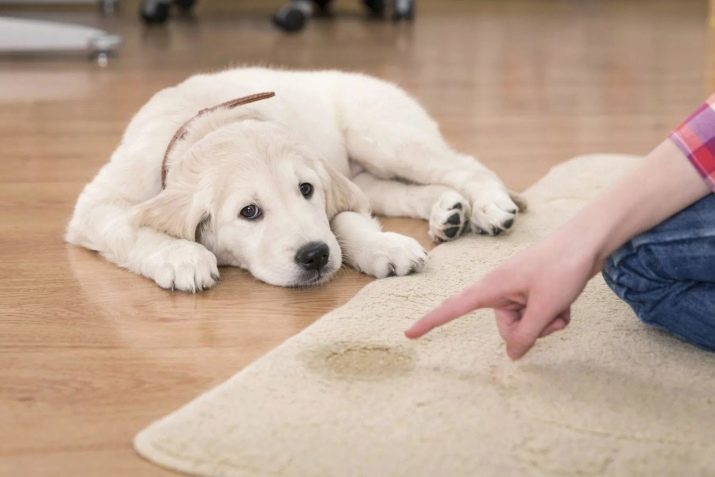
Methods for puppies
There are different ways to train your puppies to do their thing on the street. In any case, the owner must first establish a relationship with the pet and learn to "read" its signals. It all starts with being a pet slows down and takes on an unfamiliar position... He then begins to whine, staring intently at his master. Perhaps he is also sniffing, spinning on his axis and getting nervous. As a result, the dog even begins to scratch at the door and howl softly.
The owner of the dog, having noticed one of these symptoms, must immediately take the pet for a walk. While the puppy is still small, it is additionally recommended to arrange a promenade after waking up and every meal. In general, until the puppy is 4 years old, it is considered optimal to be with him all the time and respond promptly to the situation.
If your dog has been accustomed to the diaper first, it is a good idea to bring a litter for the first walk.
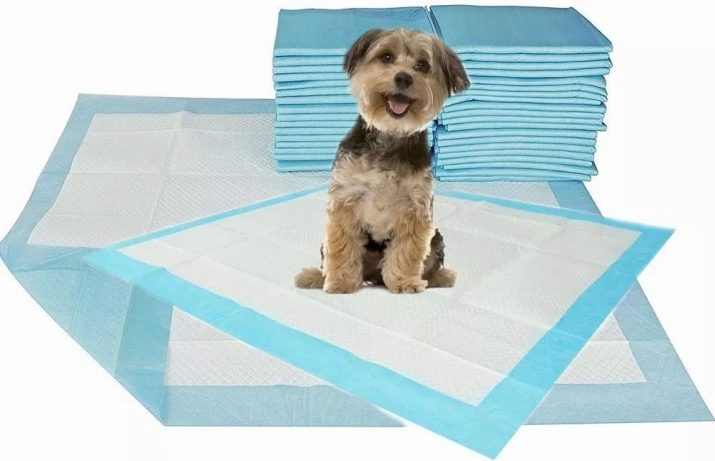
The fabric is spread directly on the ground, after which the dog is brought to it. A familiar object, perhaps even accompanied by a smell, will be a signal for the dog to do his business nearby. After 3-4 similar walks, the need for a diaper will cease to be relevant. The dog should be removed in accordance with the feeding regimen. A successful walk should be accompanied by a reward - so the pet will have a positive connection between going to the toilet on the street and a treat.
At first, you should take a walk in a quiet and uncrowded place so that nothing distracts the dog from the toilet... In addition, it would be nice to return to the same place where the urine odor persists. The diaper, by the way, should not be removed during the first weeks of the test mode on the street. The fact is that some puppies at first strive, even after returning from a walk, to complete their affairs at home, and it is better to let him do this on a prepared bedding.
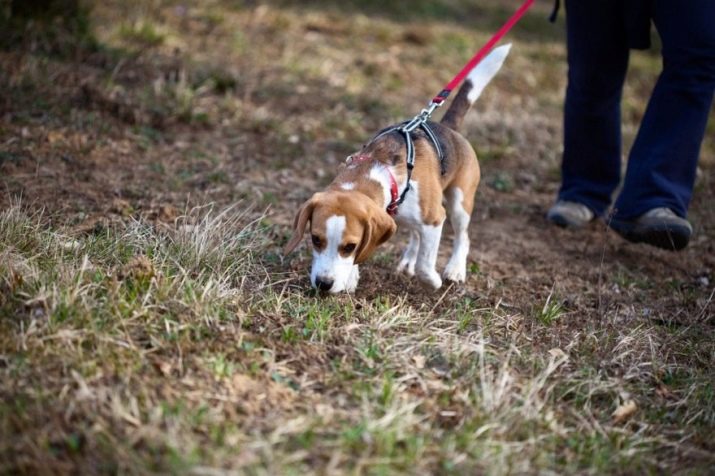
Some owners are trying to train the pet to do their thing on command. Such an undertaking is feasible and not so difficult. While the dog relieves, it is necessary to pronounce certain phrases to him, as a result of which a reflex will arise. After a certain time, it will be possible to pronounce "magic words", and the pet goes to the toilet.
By the way, diaper or litter box training should also be gradual. The essence of the primary task is for the pet to do its business in a certain place, that is, on a diaper, newspaper or in a tray. To begin with, for a while, the possibilities of movement are limited to the framework of one room. In it, if possible, all carpets and soft coverings are removed, and the floor is covered with a layer of newspapers.
Every time a dog goes to the toilet for a newspaper, he gets a well-deserved reward and even a treat.

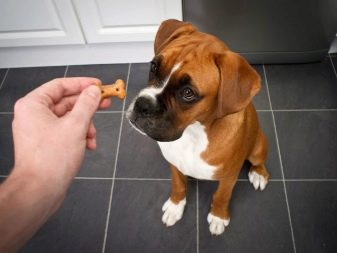
Then some of the newspapers are removed, thus reducing the "toilet" area. When there is only one or two newspapers left, it's time to put a tray or organize the diaper in the chosen place. The position of the toilet should always remain the same. Then all the newspapers can be removed, and a bowl of water, a pillow or a lounger can be placed in the vacant space.
What about an adult dog?
The outdoor coping habit is much more difficult to develop in adult dogs. In this case, experts recommend trying to organize long walks, from 3 to 4 hours, after which the dog will somehow want to go to the toilet, which means that it will do its job where it should. You can also use another method - to follow another dog with the owner, who went for a walk with the same purpose.
The animal is genetically predisposed to re-mark someone else's mark. It goes to the toilet in a place that another pet likes.
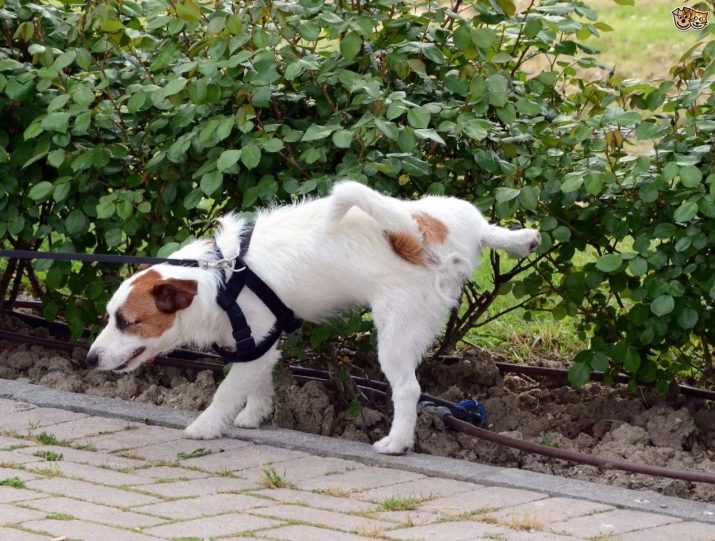
The next walk will have to be organized along the same route. The pet will be able to catch its own scent, which will remind him of what needs to be done. At first, while the learning process lasts, the apartment will have to be freed from carpets.
As soon as your pet is asked to go outside, it must be praised and withdrawn immediately. Generally, the more active the walk, the more likely the dog will do his thing right there... Long lively games for several hours, interaction with other pets, drinking clean water will play the required action.

Possible problems
Sometimes it happens that a dog over 6 months old has already been taught to go to the toilet on the street, and he again starts to spoil the floors. This behavior cannot be ignored - the dog must be punished. In a low and serious voice, the owner says the command "No", or he simply says a few words about how disappointed he is. Poking the dog with its muzzle into the excrement will not bring any effect, since he will not even understand what he is being punished for. Moreover, a frightened animal will show nervous reactions, it will become afraid of its owner.
If this situation repeats over and over again, then it may be worth visiting a veterinarian and checking the health of your pet. By the way, in winter it sometimes happens that a dog, having done his business on the street, returns home and does the same thing again. In this case, we are talking about infectious diseases, kidney problems or cystitis. Adult dogs may be marking territory due to lack of attention, especially if they are taken from the street or acquired in adulthood. Violation of the walking mode leads to the same consequences.
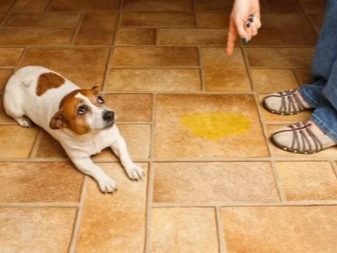

Dogs go to the toilet at home if they are taking revenge on their master, or if they feel that they have forgotten about him. Some animals by this process demonstrate to the new animal who is more important.
To deal with jealousy you just need to start paying the "old man" a little more attention, as well as the first to impose food on him. Problems also arise in situations where training took place in the warm season, and with the onset of winter, the animal loses any motivation. Purchasing an insulated jumpsuit should help.
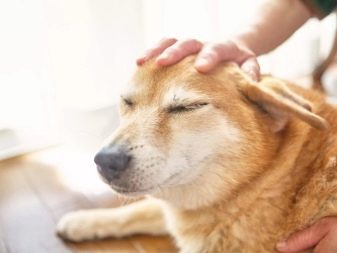
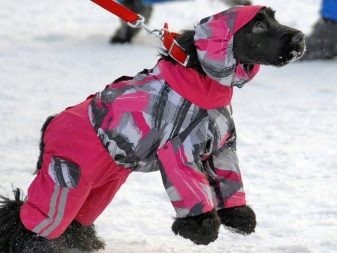
Expert advice
If the puppy has done his business at home, you must immediately eliminate the consequences with cleaning products. Otherwise, the dog will decide that this is the norm and will continue to go to the toilet right in the room. You should get out, without using solutions containing ammoniasince they smell like dog urine. The puppy may well decide that he can continue to do his business in the same place. Bleach should not be used for a slightly different reason. - its components can lead to burns of the mucous membranes of the animal.
If a pet is caught at the scene of a crime in the process, then frightening and using violence is unacceptable, but scolding him in a stern voice will be just right. When a pet spits involuntarily, it can be stopped by using the "Sit" command. After completing it, the dog will be able to restrain himself.
When a pet writes for joy that a walk is ahead, preparation for the process should be made as inconspicuous as possible. For example, quietly gather in the corridor, and put on the collar after leaving the apartment.
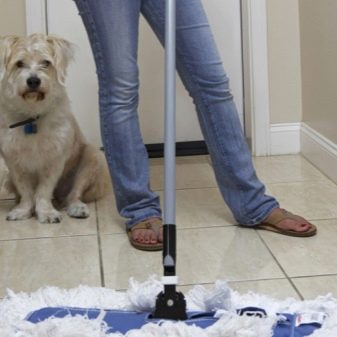
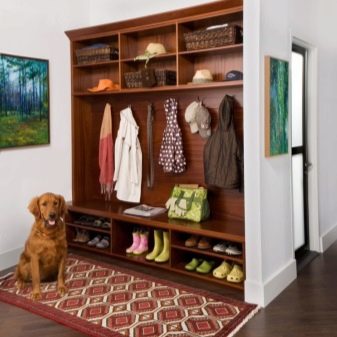
The first walks of a small puppy should be done without being tied to the toilet. In any case, the street for a pet will become a strong stressful factor, full of new and unknown events, so there is no talk of a toilet yet. Walking should be done in calm and quiet places. Most likely, the animal will begin to ask for hands, but you should not indulge in this, it is better to just cheer up with some delicacy. It is good if his favorite toy is present for a walk with the animal. When the dog is comfortable on the street, it is already worth teaching it to the toilet.
It is also worth adding that there is an idea for a certain time to track when the puppy is eating and when he goes to the toilet, and then, based on the data obtained, form a convenient schedule. As soon as the animal goes to the toilet on the street, it should receive its reward in the form of a treat.Then it would be nice to play with him for about ten minutes, so that the animal has a clear understanding that the reward and fun pastime will be only after the toilet.
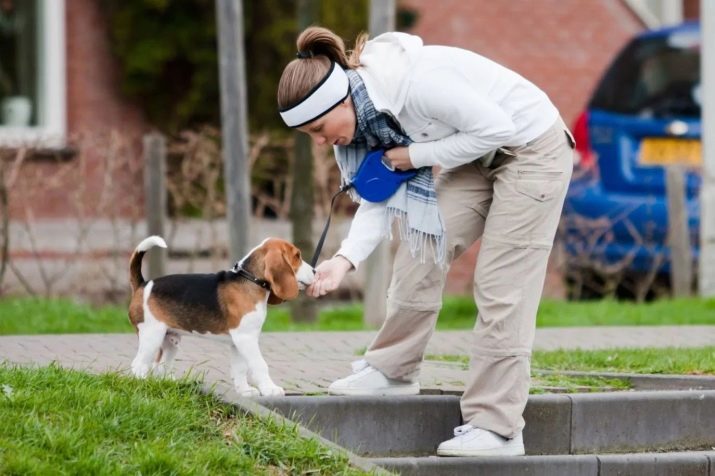
Tips for outdoor training await you next.






































